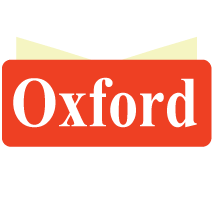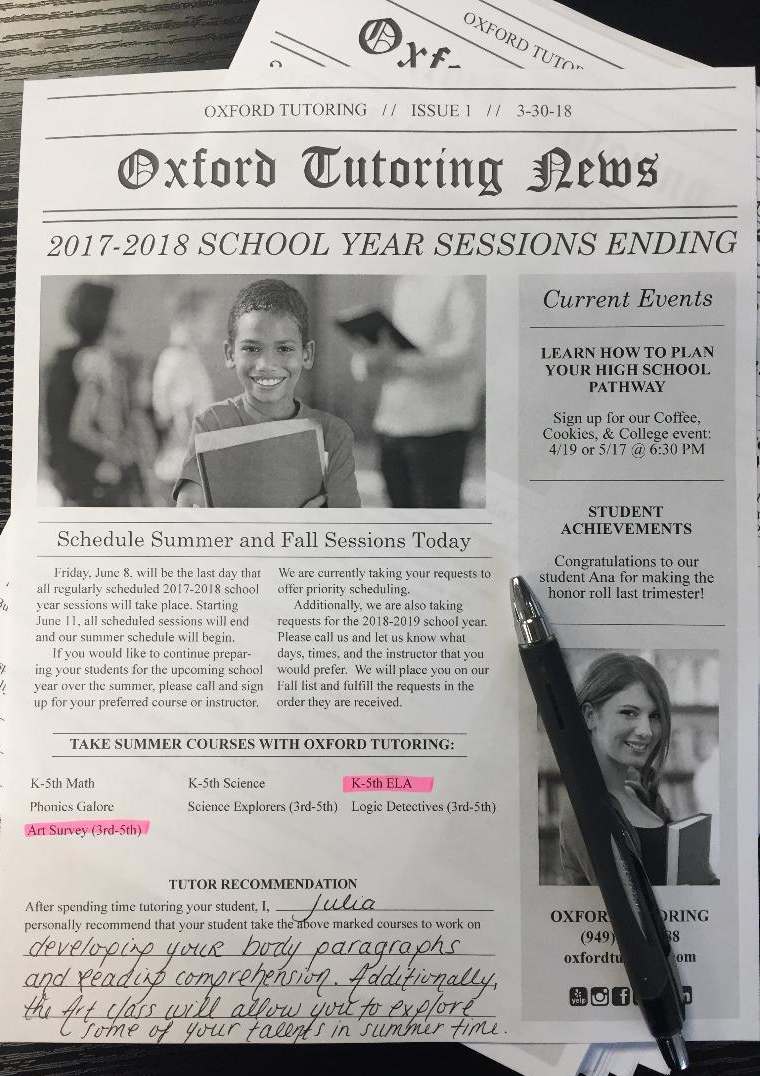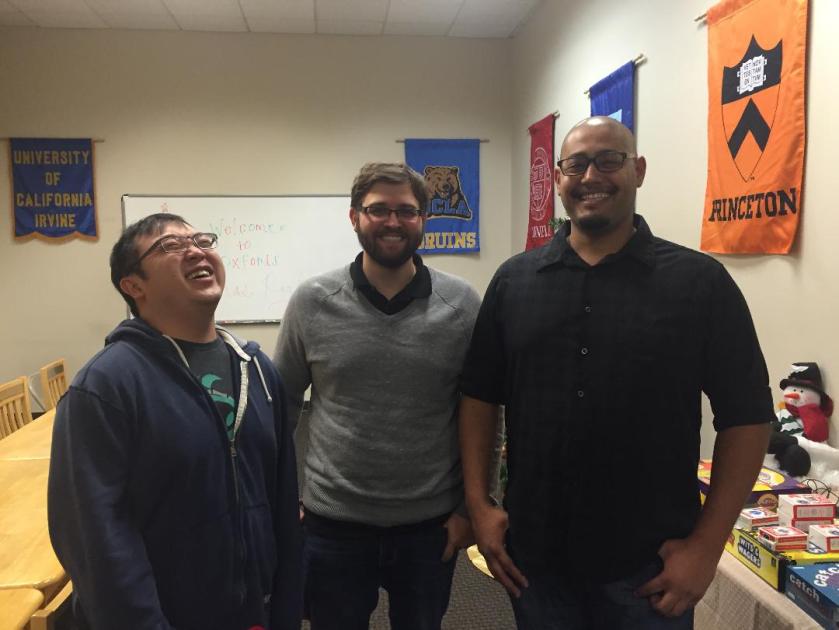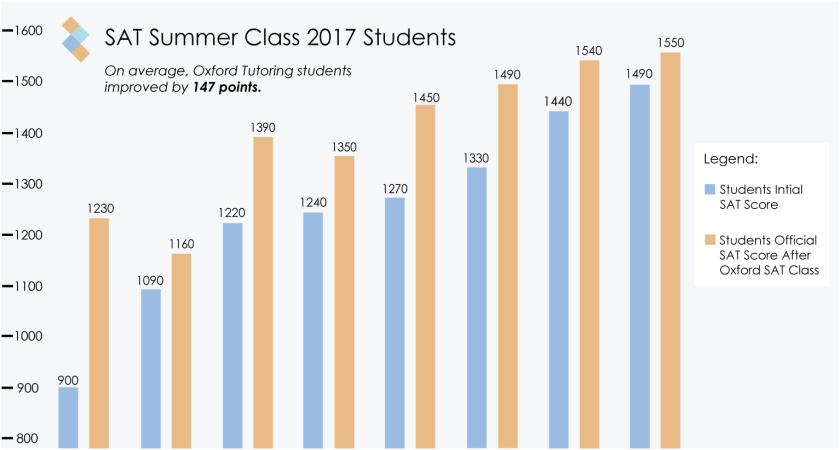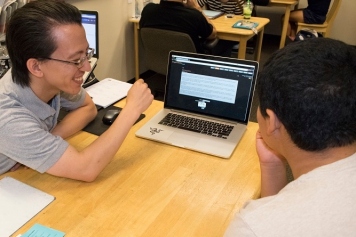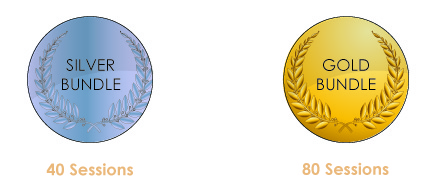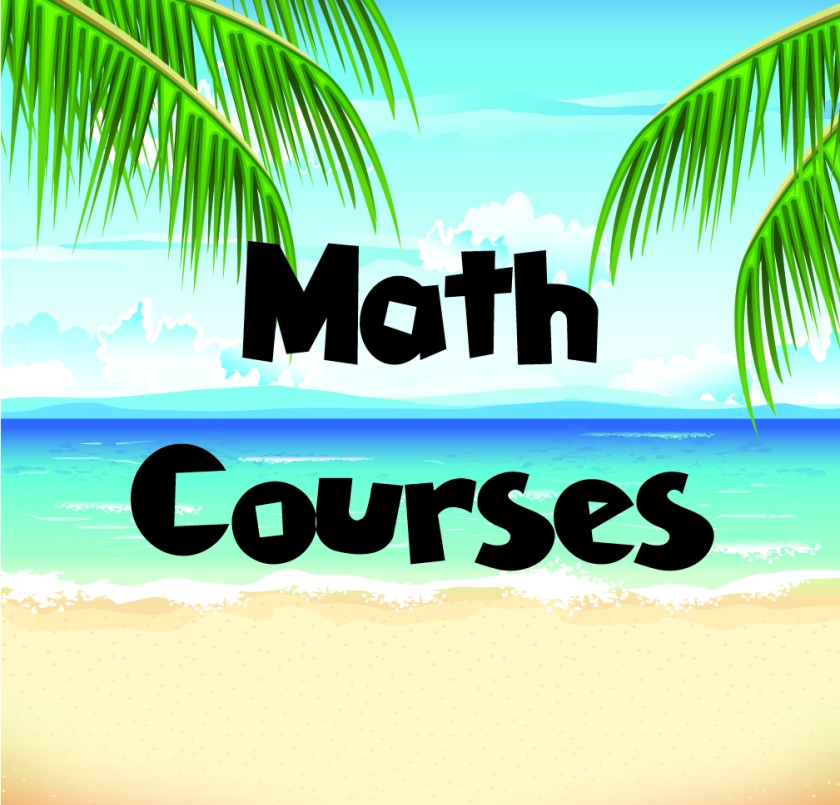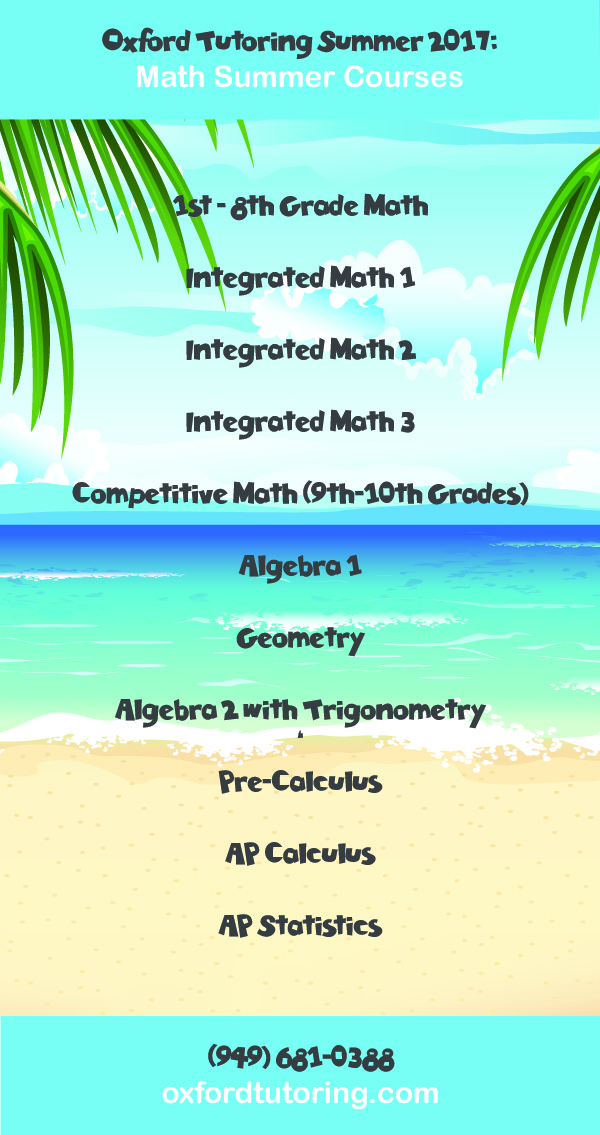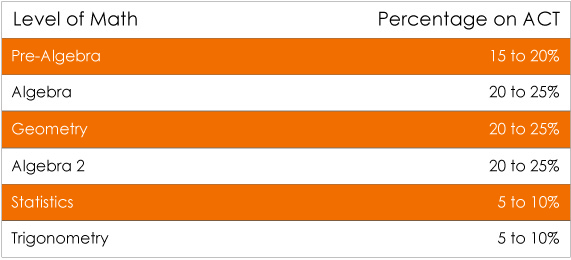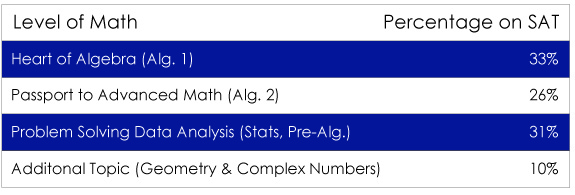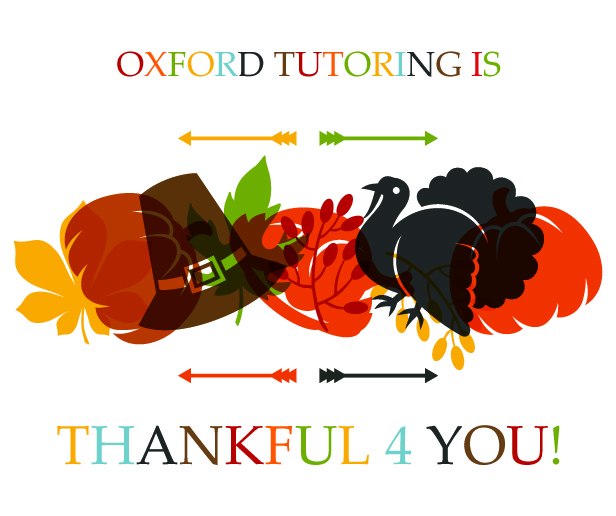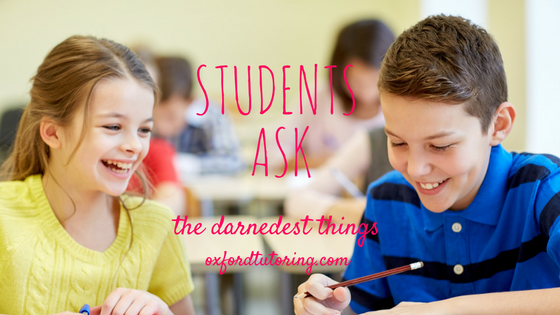Extra! Extra! Look out for Oxford Tutoring News that will be sent home with your students. This edition includes important information about summer and fall hours, tutor summer recommendations, current events, and more!
Schedule Summer and Fall Sessions Today
Friday, June 8, will be the last day that all regularly scheduled 2017-2018 school year sessions will take place. Starting June 11, all scheduled sessions will end and our summer schedule will begin.
If you would like to continue preparing your students for the upcoming school year over the summer, please call and sign up for your preferred course or instructor. We are currently taking your requests to offer priority scheduling.
Additionally, we are also taking requests for the 2018-2019 school year. Please call us and let us know what days, times, and the instructor that you would prefer. We will place you on our Fall list and fulfill the requests in the order they are received.
Take Summer Courses with Oxford Tutoring
See Summer Course Options Here.
For K-5th Graders:
K-5th ELA; K-5th Math; K-5th Science; Phonics Galore; Art Survey (3rd-5th); Logic Detectives (3rd-5th); and Science Explorers (3rd-5th)
For 6th-8th Graders:
6th-8th Math; 6th-8th Science; 6th-8th ELA; Algebra; Geometry; Science Explorers (6th-8th); Logic Detectives (6th-8th); Art Survey (6th-8th); App Design (6th-8th); Website Design (6th-8th); Build A Computer (6th-8th); App Design (6th-8th); Web Design (6th-8th); Build A Computer (6th-8th); Intro to Python (6th-8th); Creative Writing (6th-8th)
For 9th Graders:
Integrated Math 1 or 2; Enhanced Math 1 or 2; Algebra 1; Geometry; Algebra 2/Trig; Integrated Science 1 or 2; Biology (General, Honors, AP); 9th ELA; Creative Writing; Essay Writing; App Design; Web Design; Build A Computer; Intro to Python; Competitive Math (9th-10th)
For 10th Graders:
Integrated Math 2 or 3; Enhanced Math 2 or 3; Algebra 1; Geometry; Algebra 2/Trig; Pre-Calc (General or Honors); Integrated Science 1 or 2; Biology (General, Honors, AP); Chemistry (General, Honors, AP); 10th ELA; Creative Writing; Essay Writing; App Design; Web Design; Build A Computer; Intro to Python; Competitive Math (9th-10th)
For 11th-12th Graders:
Integrated Math 2 or 3; Enhanced Math 2 or 3; Algebra 1; Geometry; Algebra 2/Trig; Pre-Calc (General or Honors); AP Calculus; AP Statistics; Integrated Science 1 or 2; Biology (General, Honors, AP); Chemistry (General, Honors, AP); Physics (General, Honors, AP); Anatomy (General, Honors, AP) AP Computer Science; 11th-12th ELA; Creative Writing; Essay Writing; App Design; Web Design; Build A Computer; Intro to Python
Current Events
LEARN HOW TO PLAN YOUR HIGH SCHOOL PATHWAY
Available for 7th-12th graders and their families. Sign up for our Coffee, Cookies, & College event: 4/19 or 5/17 @ 6:30 PM.
STUDENT ACHIEVEMENTS
Congratulations to our student Ana for making the honor roll last trimester!
